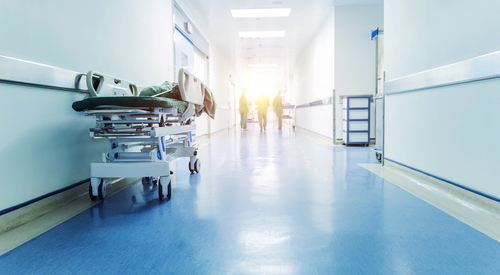
Researchers at Rensselaer Polytechnic Institute are looking to improve the manufacturing of rapidly deployed structures to address future shortages of medical care and quarantine facilities during a health crisis, like the current pandemic.
The stress that COVID-19 has placed on medical facilities nationwide underscores the need for functional surge capacity that can be used for hospital care or quarantine during a public health crisis.
This project — funded by the U.S. Department of Defense through the Advanced Robotics for Manufacturing (ARM) Institute — will utilize self-aware, human-directed robots to assist in manufacturing solar-powered structures that can be configured to suit the needs of a specific mission, including providing critical care, shelter, quarantine, infection control, or other functions.
Manufacturing these structures requires manipulating and joining together multiple pieces of large, heavy, waterproof fabric. The Rensselaer team will build and program a team of small robots capable of holding the material, rotating it, and pulling it taut while being heat-sealed together.
“We’ll know the location of each robot, we’ll know which direction they are pointed, and we will know which direction they are exerting forces,” Glenn Saunders, a senior research engineer within the Center for Automation Technologies and Systems at Rensselaer, said. “The swarm behavior happens when the robots begin pulling and rotating the fabric at the sewing machine or heat sealer.”
Saunders is leading this project along with John Wen, head of the Department of Electrical, Computer, and Systems Engineering. This research is being expedited within a one-year timeline to address current challenges brought on by the pandemic.
“This project answers a timely challenge in both manufacturing and health care,” Saunders said. “These robots are needed to fill a real void in manufacturing that’s currently present. They will enable faster production of a structure that could give medical teams the extra space they need to respond to a pandemic like the one we’re currently experiencing.”

